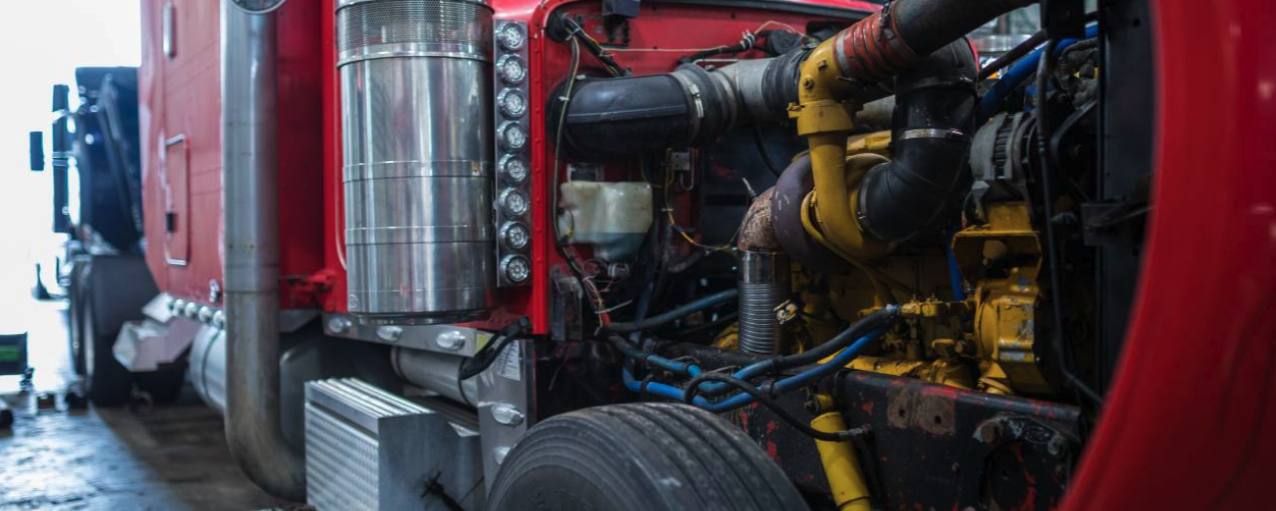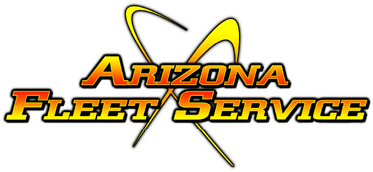Why It’s Important to Maintain Your Heavy Duty Truck’s Suspension & Alignment

A vehicle’s suspension system has various components at work that provide a comfortable and secure ride. Particularly for large rigs and heavy-duty vehicles, alignment of the suspension system is a crucial service to have completed. Along with that, you need to make sure that the suspension of your heavy-duty diesel truck is functioning in its top-notch condition.
Vehicles fueled by diesel need to operate effectively. They carry and distribute essential items to many different sectors around the nation. Continue reading to learn more about heavy-duty truck suspension and alignment and how to maintain these systems.
What exactly are truck alignment and suspension?
It is quite common for a heavy-duty truck that hauls heavy loads over thousands of miles a week to have its steering components and suspension shift out of alignment. As the suspension system begins to wear over time, it can result in alignment issues, which in turn increase the rolling resistance of the vehicle tires. The wheels of a vehicle are attached to the suspension system, which aids in their ability to move and pivot as necessary. An alignment is carried out to ensure that the tires are contacting the road evenly and at a proper angle.
What is the process of alignment?
Heavy-duty and semi-truck alignments require the skill of diesel specialists. They will first get the tolerances and standards for the vehicle they are working on. Electronic sensors are used to monitor the angles on each wheel, and an alignment machine is used to compare these measurements to the vehicle’s specifications. After that, technicians will modify various suspension angles. These angles include:
Caster: When looking at the steering axis from the side of a vehicle, the term “caster” is used. When the steering axis tilts more in the direction of the driver, this is known as a positive caster, and when it tilts more in the direction of the front of the vehicle, it is known as a negative caster.
Toe: When looking at the tires from above, the toe suspension angle indicates how much the tires are rotating inward or outward. Both tires must be oriented in for a toe-in alignment and out for a toe-out alignment.
Thrust: A vehicle’s center of gravity and front and rear axles are aligned using the thrust angle. The angle is a hypothetical line that descends across the whole vehicle from the centerline of the rear axle.
These suspension angles, as well as kingpin inclination, axle offset, and turning radius, will be examined by technicians. To make sure there are no damaged or excessively worn components, they will also do a general inspection of the suspension system.
The importance of heavy-duty truck alignment
The importance of alignment for large trucks and other heavy-duty vehicles can’t be overstated. The prevention of uneven tire wear is one of them, and tire misalignment may result in uneven wear on the inside and outside of the tire and premature tread degradation.
Maximizing the life of commercial truck tires is crucial, particularly for fleet/vehicle owners, since replacing them may be costly (the average cost is roughly $500 per tire). A proper alignment may prevent tires from needing to be changed too soon. Properly matched tires may also enhance on-road performance and guarantee that trucks operate at their maximum fuel economy.
The benefits of having appropriate alignment for truck drivers are many. When keeping the truck traveling properly, drivers may have to work harder when their commercial vehicles are out of alignment. It’s essential to ensure that tires are correctly aligned to avoid drivers being fatigued from dealing with improperly aligned suspensions.
Signs a heavy-duty truck needs to be aligned
There are a few common indicators that your heavy-duty truck requires alignment:
Steering wheel drifting: If a heavy-duty truck is driving down the road and the steering wheel starts to pull to the right or left, there may be a misalignment. The wheel shouldn’t need much work to stay straight.
Uneven tire wear: As was previously indicated, a misaligned vehicle might result in uneven or premature tire wear. Unique wear patterns might cause the tread to begin to lose its grip prematurely.
Shaky steering wheel: Vibrations in the steering wheel might be brought on by tires that are not balanced or are not appropriately aligned.
Squealing tires or loud steering: If you notice that your tires are squealing, especially when braking, or unusual noises when turning your steering wheel, it’s crucial to bring your heavy-duty truck to a qualified diesel mechanic. These are not only symptoms of misalignment, but may also be indicators of more serious issues.
How are issues with wheel alignment related to improper suspension maintenance?
Because your truck’s suspension system mounts your wheels, poor suspension maintenance may cause issues with wheel alignment. Sadly, drivers who ignore their truck’s suspension are also more prone than usual to ignore its wheel alignment. Driving over curbs or potholes may mess up your wheel alignment. Neglecting to stick to a regular preventive maintenance schedule can also cause worn suspension components or uneven wheel wear to go unnoticed.
Final words
One of the best ways to get a smoother, safer, and more pleasant ride is to keep your truck’s suspension and alignment in good condition. You must ensure that your truck’s suspension and alignment are routinely serviced, whether you are a fleet manager who prioritizes safety or a cost-conscious owner/operator.
